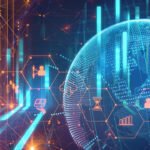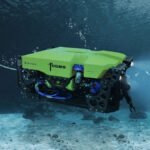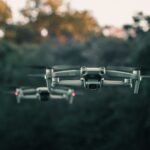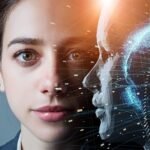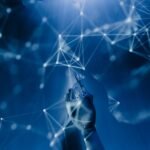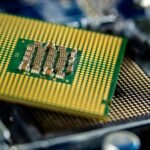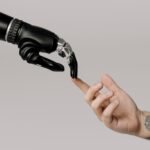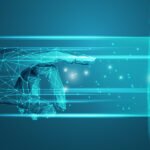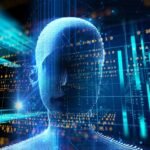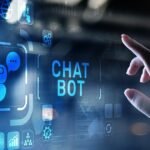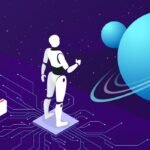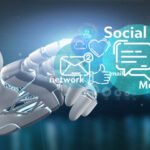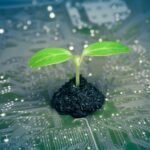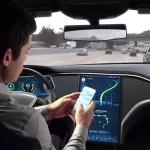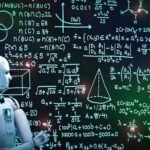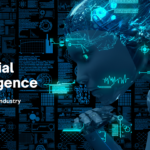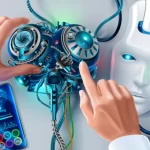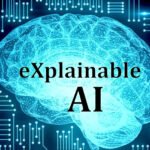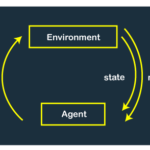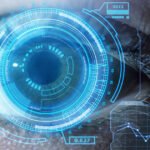Apple plays nice with others for an OpenUSD metaverse
Apple, Adobe, Pixar, Autodesk, NVIDIA, and the Joint Development Foundation have joined forces to create the Alliance for OpenUSD (AOUSD) in an effort to standardize and promote Pixar’s Universal Scene Description (USD) technology for mixed- and virtual-reality experiences. OpenUSD was originally developed by Pixar Animation Studios and made open source in 2016. Apple also collaborated with Pixar to create the USDZ file format used for 3D models in augmented reality.
The Alliance for OpenUSD aims to standardize the creation of 3D content, enabling interoperable tools and data, which will bridge the gap between creative assets and make experiences available across multiple channels. By standardizing OpenUSD, the alliance hopes to accelerate its adoption and facilitate the evolution of the internet from 2D to 3D.
The technology behind OpenUSD is already widely used in 3D content production and delivery, including in various industries like architecture, engineering, construction, and manufacturing. The alliance plans to further develop and standardize the specification to enhance its use and enable other standards bodies to include it in their specifications. Notably, Neil Trevett from the Khronos Group has expressed interest in supporting and synergizing with AOUSD.
The Joint Development Foundation (JDF), part of the Linux Foundation, will host the project, allowing for open and effective development of OpenUSD specifications. This could lead to its recognition as an international standard by the International Organization for Standardization (ISO).
The partnership emphasizes the importance of a common 3D standard to improve the interoperability of 3D creative applications, enabling collaboration and data sharing across tools, services, and platforms. Apple, in particular, sees OpenUSD as crucial for accelerating the development of the next generation of augmented reality experiences, from artistic creation to content delivery.





